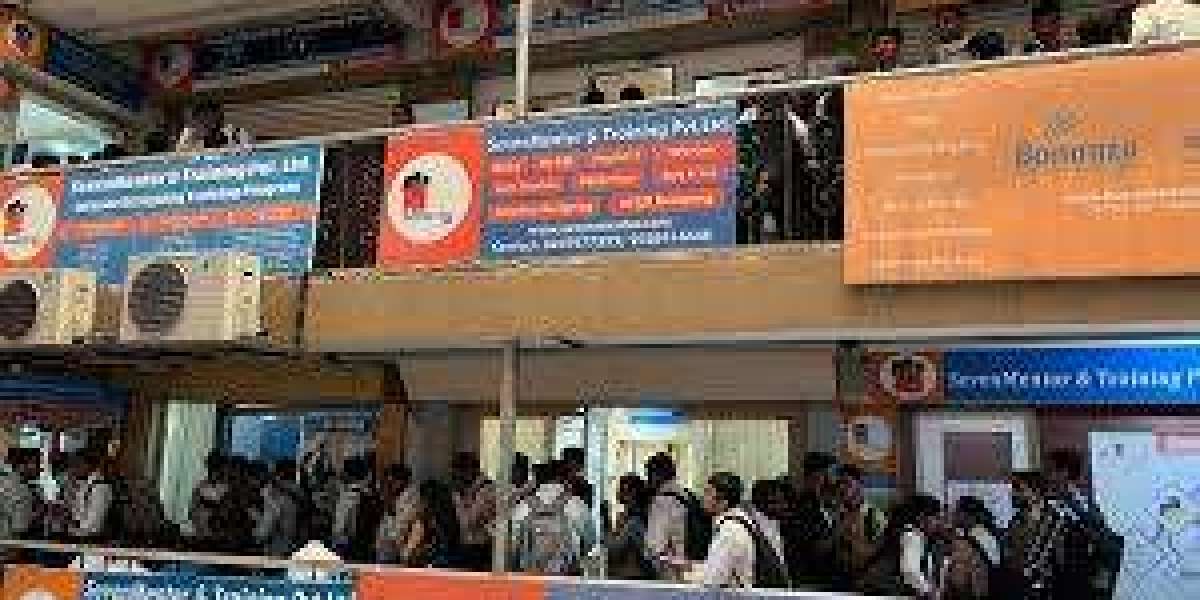The security screening market has shown impressive growth in recent years due to increasing demand for public safety, rising global threats, and rapid advancements in detection technologies. However, alongside this growth, several underlying threats challenge the industry’s progress. These threats not only pose risks to market expansion but also impact how organizations and governments implement and manage security screening solutions.
As the world shifts towards more sophisticated screening systems and integrated security infrastructures, it is essential to understand the major market threats that could slow or disrupt the ongoing momentum. Addressing these risks is crucial for stakeholders to adapt effectively and sustain long-term progress.
High Implementation and Maintenance Costs
One of the most significant threats to the security screening market is the high cost of implementation. Advanced screening technologies—such as 3D CT scanners, full-body scanners, and AI-driven systems—require substantial capital investment. The initial cost of purchasing, installing, and integrating these systems into existing infrastructure can be prohibitive, especially for smaller organizations or in low-income regions.
Beyond the setup, maintenance, calibration, operator training, and software updates add to the long-term operational expenses. These high costs may lead governments and private enterprises to delay or limit investments, especially when budgets are constrained or when security upgrades compete with other pressing priorities like healthcare or infrastructure development.
Data Privacy and Public Resistance
As security screening technologies become more advanced—particularly those involving facial recognition, biometrics, and body imaging—concerns around personal privacy have intensified. Many individuals and civil rights organizations argue that certain technologies, especially full-body scanners and AI-based surveillance, may violate individual privacy and lead to misuse of personal data.
Resistance from the public can result in slower adoption, legal challenges, or demand for the removal of certain systems. Privacy legislation across regions also differs widely, and lack of standardization can make global deployment more complicated. For companies operating internationally, ensuring compliance with diverse privacy laws such as GDPR in Europe or state-specific regulations in the U.S. presents a continual challenge.
Technological Limitations and False Positives
Despite advances, no screening technology is infallible. False positives remain a major concern in high-volume settings like airports or public venues. An overly sensitive system may identify non-threatening items as risks, causing unnecessary delays, manual inspections, and frustration for travelers or workers.
Conversely, underperforming systems may fail to detect actual threats, compromising the integrity of security measures. Striking a balance between detection sensitivity and user experience is difficult and requires constant innovation, calibration, and improvement. These limitations can erode trust in technology and deter broader adoption in environments where operational continuity is crucial.
Cybersecurity Risks in Connected Systems
With increased digitization of security systems comes a rising threat of cyberattacks. Many modern screening technologies rely on cloud connectivity, software-driven data processing, and networked control systems. These features improve functionality and integration but also expose systems to cyber vulnerabilities.
Unauthorized access, data breaches, and system shutdowns can all be potential outcomes if proper cybersecurity measures are not in place. For critical infrastructure or government facilities, such incidents could be catastrophic, leading to potential loss of life or national security risks. The increasing reliance on connected solutions demands parallel investment in cybersecurity, which not all organizations are prepared or equipped to handle.
Regulatory and Compliance Complexities
Global variations in regulations present another major threat to the security screening market. Each country—and sometimes each region within a country—may have different standards, equipment certifications, and usage protocols for security systems. Keeping up with these differences, securing approvals, and ensuring consistent compliance requires significant effort and resources.
Additionally, frequent updates in regulatory frameworks can render existing systems obsolete or non-compliant, forcing premature upgrades or replacements. This uncertainty adds complexity to product development cycles and global expansion strategies for solution providers.
Resistance to Change and Skill Gaps
Some sectors are resistant to adopting new security screening technologies due to lack of familiarity or trust in the new systems. In industries or regions that rely on traditional or manual security practices, there may be hesitation to invest in digital or AI-powered alternatives.
Even where there is willingness to adopt, the lack of trained professionals poses a challenge. Operating advanced screening systems often requires specialized skills in system interpretation, troubleshooting, and data handling. A shortage of trained personnel can reduce the effectiveness of installed systems and increase dependence on outdated processes.
Environmental and Infrastructure Limitations
Deploying security screening solutions in remote, outdoor, or high-temperature environments poses physical challenges. Many advanced systems are designed for indoor use and may not function optimally under extreme weather conditions or in areas with limited power and network connectivity.
This limits deployment in border zones, rural checkpoints, or underdeveloped regions—despite the need for security screening in those areas. Developing ruggedized, portable, and environmentally adaptive systems is essential but remains an under-addressed area for many vendors.
Conclusion
While the security screening market offers strong growth potential, it also faces serious threats that could slow adoption and limit scalability. From high costs and privacy issues to regulatory hurdles and technology gaps, these challenges must be addressed through innovation, collaboration, and clear policy alignment. Industry stakeholders, including manufacturers, governments, and regulatory bodies, must work together to build trust, lower barriers, and create solutions that are effective, respectful of individual rights, and accessible across geographies. Only by doing so can the market overcome its threats and continue to serve its essential role in global security.








